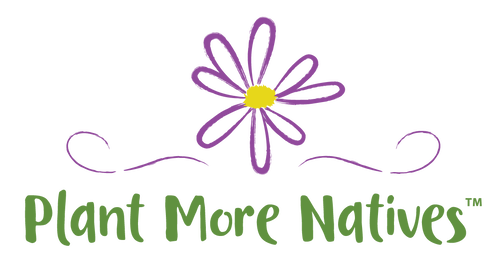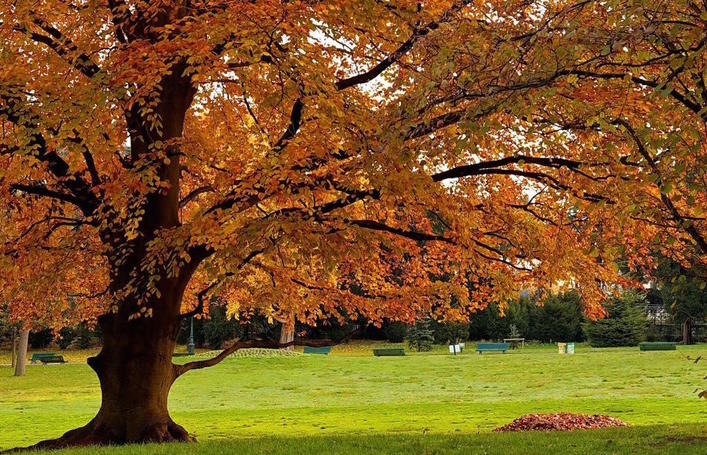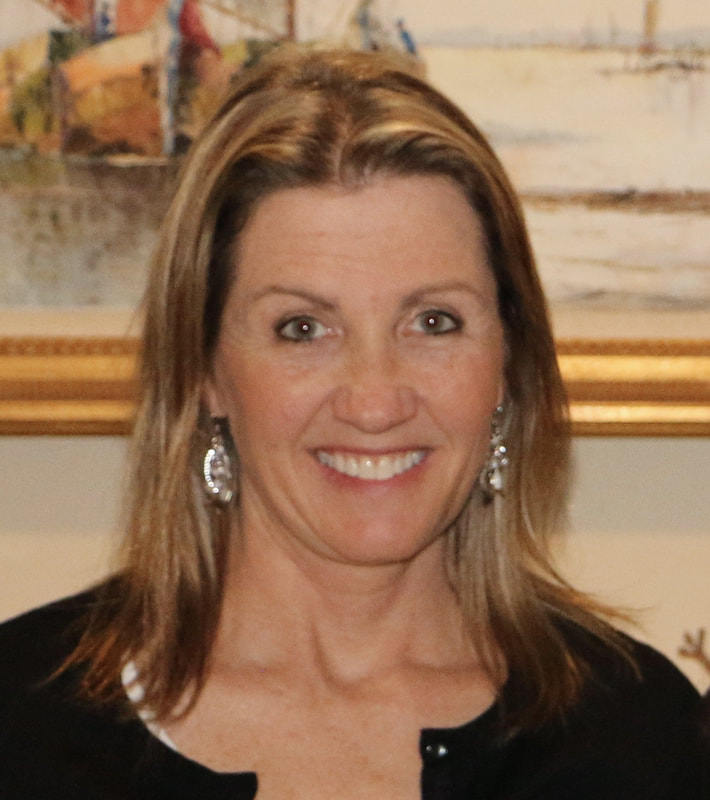|
To-date, we've defined our spaces for play, entertaining and transitioning and are beginning to think about those surfaces. Should they be grass or hardscape (stone, wood, etc)? Our goal is to minimize non-native, maintenance-intensive lawn to what is essential and to plan, stage, and eventually plant a low-maintenance landscape layered with primarily native, and some non-native, plants. One yard at a time, we are improving our own individual ecosystems while creating lush, cozy, inviting outdoor living spaces for our friends and family. We have decided on the locations of additional shade trees and have mentally mapped new beds as well as extended existing beds. To keep it simple (the artistry is in the planting beds), we are sculpting long, smooth, shallow curves and then loading them with 6-8" of recycled tree chips from a local tree service. But I have to pause here to clarify.
Some of the most productive trees for a healthy landscape include our native Oaks, Maples, Poplars, and Hickories, which become massive trees. They not only mature at a height greater than 50 feet (a 5-story building), but they can get 40-60 feet wide. In order to limit competition for light and water, I typically space shade trees no less than 20-30 feet apart, allowing for 5-10 feet of overlapping canopy. I also try to stagger tree placement and always use a variety of trees. At this stage, it's important to know the mature height and width of trees you are considering. For a list of recommended eastern US native trees and their mature sizes, use the Connect page to sign up for E-News. Next, we will discuss the sizing of patios and decks as we continue to think about the structure of our landscape before plant palettes.
|
Welcome to my journal. For over 20 years I've created original landscape plans to help homeowners increase property value and really enjoy their yards. I approach every project as an unique opportunity to develop a work of living art, one that will require minimal care and age beautifully with time. In this journal, I will share some of my field experiences and tricks of the trade with you. Feel free to email questions. Thanks for visiting.
Archives
February 2019
|





